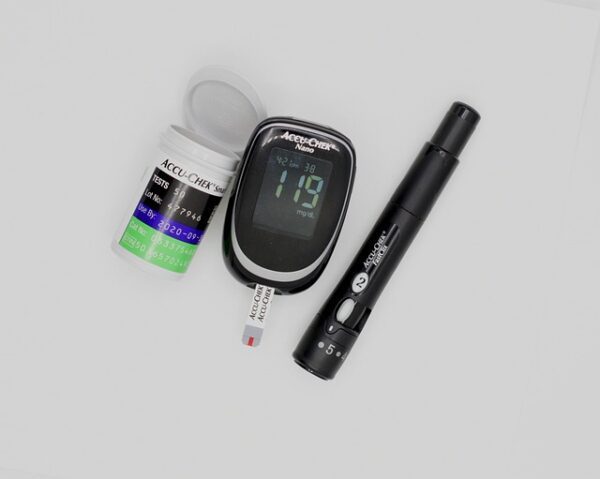At the end of July, the FDA approved Semglee (insulin glargine-yfgn) as the first-ever interchangeable drug in the United States. It is essentially a copy of Lantus, a long-acting basal insulin.
Patients will have questions about the interchangeable status of Semglee and what this means for their treatment. It’s important for healthcare providers to be aware of the similarities and differences among originator biologics, biosimilars, and interchangeable products. Here, we review the details of what ‘interchangeable’ means in practice, clinically, and as well as from a regulatory standpoint.
There are two options for copies of biologic drugs to get FDA approval: the biosimilar pathway and the interchangeable pathway. Biosimilars must be shown to have no clinically meaningful differences compared to the originator product. In this case, Semglee showed that it works in the same way as Lantus and is equally effective. Some minor differences may be present in the molecule, but they will not have an effect on the patient’s treatment or outcomes.
Interchangeable products must meet the same criteria as biosimilars in terms of safety and efficacy, with the addition of a switching study. This is a clinical trial and must show that the products do not differ during treatment. Patients in the trial use the originator product, then switch to the interchangeable product and back again. Once approved by the FDA, an interchangeable biologic can be substituted at the pharmacy without the prescriber’s involvement.
Substitution at the pharmacy already happens for generic drug products and has provided enormous cost savings for patients. Semglee, as an interchangeable insulin, provides the same opportunity for patients who use insulin and often face high prices. However, there are still a few differences between generic drug substitution and interchangeable biologic substitution.
Many states have already passed substitution laws related to interchangeable biologic drugs. Most require the pharmacist to notify the prescriber when a drug is substituted, but the communication can take many forms. Some laws also require patient notification of the substitution. Overall, these laws were crafted to be similar to generic substitution laws, including DAWs to allow the prescriber to prevent substitution, and immunity for pharmacists who make a substitution. NCSL has a list of substitution laws by state, but be sure to check with your state board of pharmacy for the most up to date information.
Pharmacists should also note that there are currently two approved versions of Semglee – insulin glargine, one which is not interchangeable with Lantus, and the interchangeable form Semglee, insulin glargine-yfgn. Each has a unique set of NDCs. The four-letter suffix denotes a biosimilar or interchangeable product and is intended to help identify these products from the originator. Regular Semglee, without the four-letter suffix, cannot be substituted for Lantus, and a specific prescription for Semglee is required.
The approval of Semglee as the first interchangeable biologic drug and first truly biosimilar insulin is promising news in the fight against high insulin prices. Patient education about the meaning of interchangeability will be important for the successful uptake of this new product. For a more complete list of new insulin products, see this post from June.
The article was written by Eva Carlson in collaboration with Eric Christianson, PharmD
- 30 medication mistakes PDF
- 18+ Page Drug Interaction PDF
- 10 Commandments of Polypharmacy Webinar based on my experiences in clinical practice



0 Comments
Trackbacks/Pingbacks